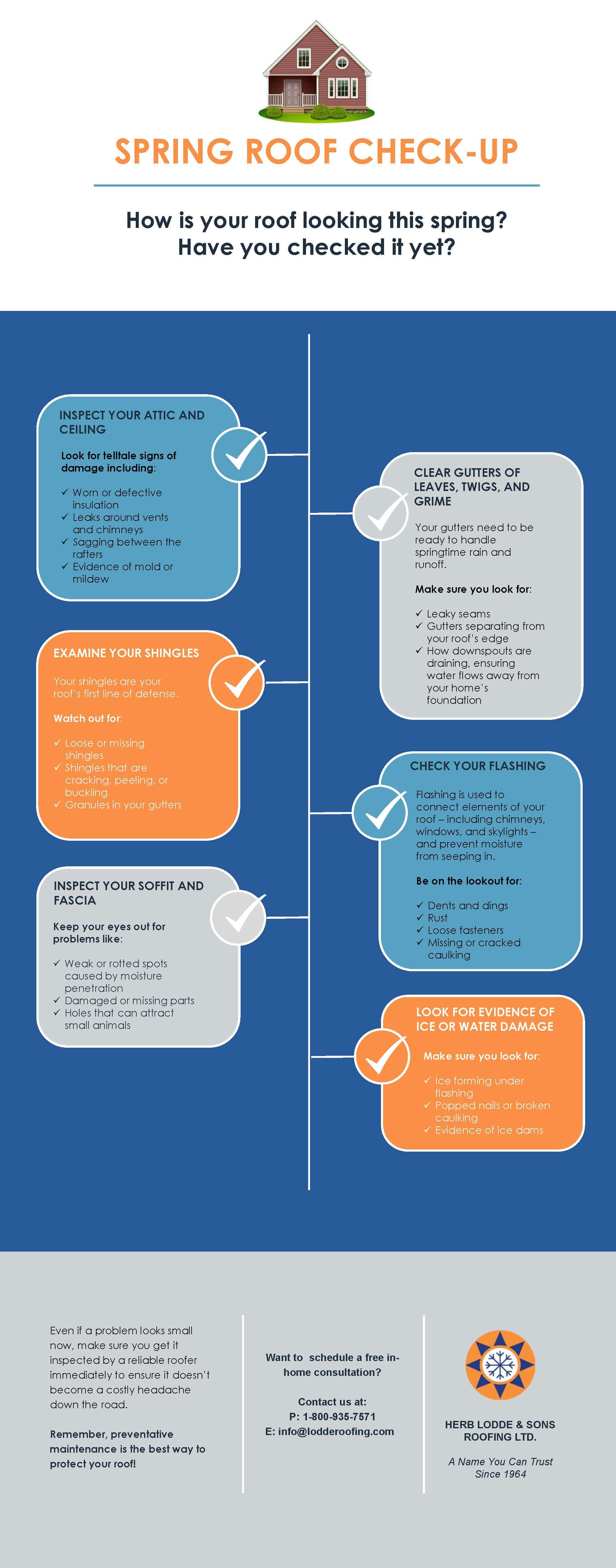The Impact Of Weather Condition On Roofing Installment: Optimal Seasons And Issues For A Successful Project
The Impact Of Weather Condition On Roofing Installment: Optimal Seasons And Issues For A Successful Project
Blog Article
Material Author-Vick Timm
When it pertains to roof installations, the weather can make or break the job. Imagine the stress of handling materials that will not comply due to severe warm or fighting slippery surfaces brought on by unforeseen rainfall. Recognizing best gutter services san antonio of weather conditions on your roof task is vital for a successful outcome. So, let's discover how various weather condition elements can influence the high quality and sturdiness of your roofing system installment, guaranteeing a work well done.
Effect of Temperature on Roofing Installation
When it concerns roofing installation, temperature plays an important function in the process. The suitable temperature level for roof covering jobs commonly drops between 45 and 85 degrees Fahrenheit. Extreme heat can cause products like roof shingles to end up being as well pliable, resulting in prospective damages during setup. On the other hand, cool temperatures can make products brittle and susceptible to fracturing. It is necessary to set up roofing system setups during modest temperatures to make certain the very best outcome.
During cooler weather condition, professionals may require to take extra precautions such as utilizing warmed devices or enabling products to heat up before setup.
On the other hand, hot weather may call for work to be done previously or later on in the day to avoid the peak temperature levels. By considering the temperature and its results on roof covering materials, you can aid make sure an effective setup that will stand up to the elements for years to come.
Result of Precipitation on Roof Covering Projects
Roof covering projects can be dramatically impacted by precipitation, affecting both the timeline and the high quality of the installment. https://richmondbizsense.com/2021/05/24/longtime-roofing-firm-builds-own-roof-over-its-head-for-new-southside-hq/ or snow can develop unsafe conditions, making it unsafe for roofing contractors to work with a wet surface. Additionally, moisture can jeopardize the attachment of products like roof shingles or underlayment, causing possible leakages or problems in the future.
If it rainfalls during a roof covering project, the water can permeate into at risk areas, causing delays as the setup crew should wait for the roof covering to completely dry prior to proceeding. Extreme dampness can additionally advertise the development of mold and mold, further jeopardizing the integrity of the roof.
To avoid these concerns, it's recommended to schedule roof covering projects during drier seasons or keep track of the weather forecast carefully to plan about any kind of prospective rainstorms. By taking preventative measures to operate in positive climate condition, you can guarantee a smoother and extra effective roofing system installment procedure.
Impact of Wind Speed on Setup Success
Throughout roofing system installment, the speed of the wind plays a critical role in determining the success of the task. High wind rates can position substantial challenges to roofers, possibly resulting in safety threats and quality problems. When wind speeds exceed suggested limits, it ends up being tough to deal with products, increasing the threat of accidents and damage to the roof products. Solid gusts can likewise influence the accuracy of dimensions and the accuracy needed for appropriate installment.
To make sure an effective roofing system installation, it's vital to keep track of and consider wind speeds. Preferably, https://martinpkezu.newsbloger.com/33020420/an-overview-to-choosing-the-right-specialist-for-your-roof-covering-repair-solutions should happen on days with reduced to moderate wind speeds. This not only improves the safety of the employees yet likewise boosts the general high quality of the setup.
Roof covering projects arranged during tranquil weather are most likely to be completed efficiently and with fewer errors. By taking notice of wind rate forecasts and intending as necessary, you can help make sure a smooth and successful roof covering installation procedure.
Conclusion
So, when it involves roofing system installation, keep in mind to consider the climate condition to make certain a successful work. Optimum temperature levels, completely dry conditions, and moderate wind speeds are vital aspects to focus on for a smooth installment process. By arranging your task during the best seasons and suitable weather, you can achieve a resilient and lasting roof covering that will certainly safeguard your home for years ahead.
